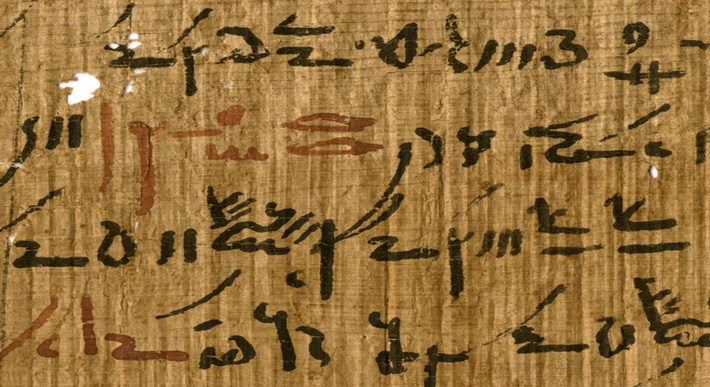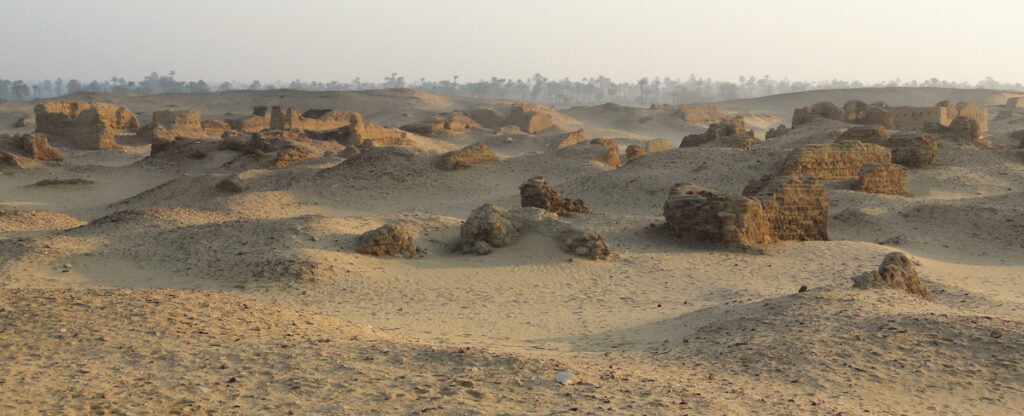Scientists Analyze Ancient Egyptian Ink containing lead were likely used as drier on ancient Egyptian papyri
Cosmos Magazine reports that a team of chemists, physicists, and Egyptologists from the University of Copenhagen and the European Synchrotron Radiation Facility used advanced X-ray microscopy equipment to analyze the chemical composition of the ink markings found on papyrus fragments from Egypt’s ancient Tebtunis temple library.

The studies, published in the Journal PNAS, not only illuminate how writing practices developed in Egypt and around the Mediterranean, it could help with the conservation of many famous manuscripts.
In this study, the focus was on a dozen papyrus fragments from the only large-scale institutional library known to have survived from ancient Egypt: the Tebtunis temple library.
And the team of chemists, physicists and Egyptologists called in the big guns, using the advanced X-ray microscopy equipment at the European Synchrotron Radiation Facility (ESRF) in Grenoble to examine them.
The work was led by the ESRF and the University of Copenhagen in Denmark.
They combined several synchrotron techniques to probe the chemical composition from the millimetre to the sub-micrometre scale to provide information not only on the elemental but also on the molecular and structural composition of the inks.
They concluded that the lead was used as a dryer because they did not find any other type of lead, such as lead white or minimum, which should be present if the lead was used as a pigment.
This also suggests that the ink had quite a complex recipe and “could not be made by just anyone”, says Egyptologist Thomas Christiansen from the University of Copenhagen, co-corresponding author of a paper in.
“Judging from the amount of raw materials needed to supply a temple library like the one in Tebtunis, we propose that the priests must have acquired them or overseen their production at specialised workshops much like the Master Painters from the Renaissance,” he says.
The ancient Egyptians have been using inks for writing since at least 3200 BCE, with black used for the primary body of text and red to highlight headings and keywords.
The researchers discovered that red pigment is present as coarse particles, while the lead compounds are diffused into papyrus cells, at the micrometre scale, wrapping the cell walls, and creating, at the letter scale, a coffee-ring effect around the iron particles, as if the letters were outlined.
“We think that lead must have been present in a finely ground and maybe in a soluble state and that when applied, big particles stayed in place, whilst the smaller ones diffused around them”, says co-corresponding author Marine Cotte, from the ESRF.






